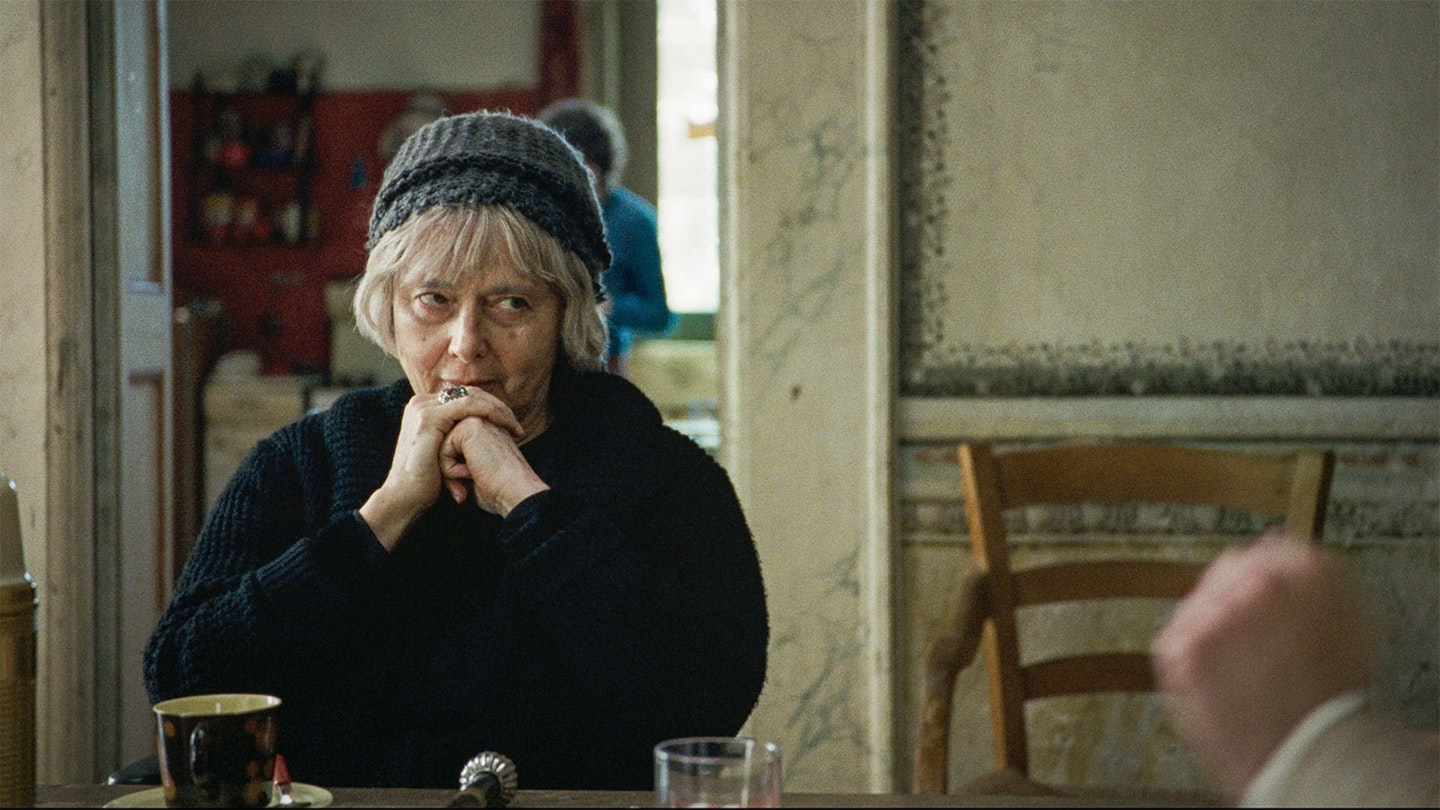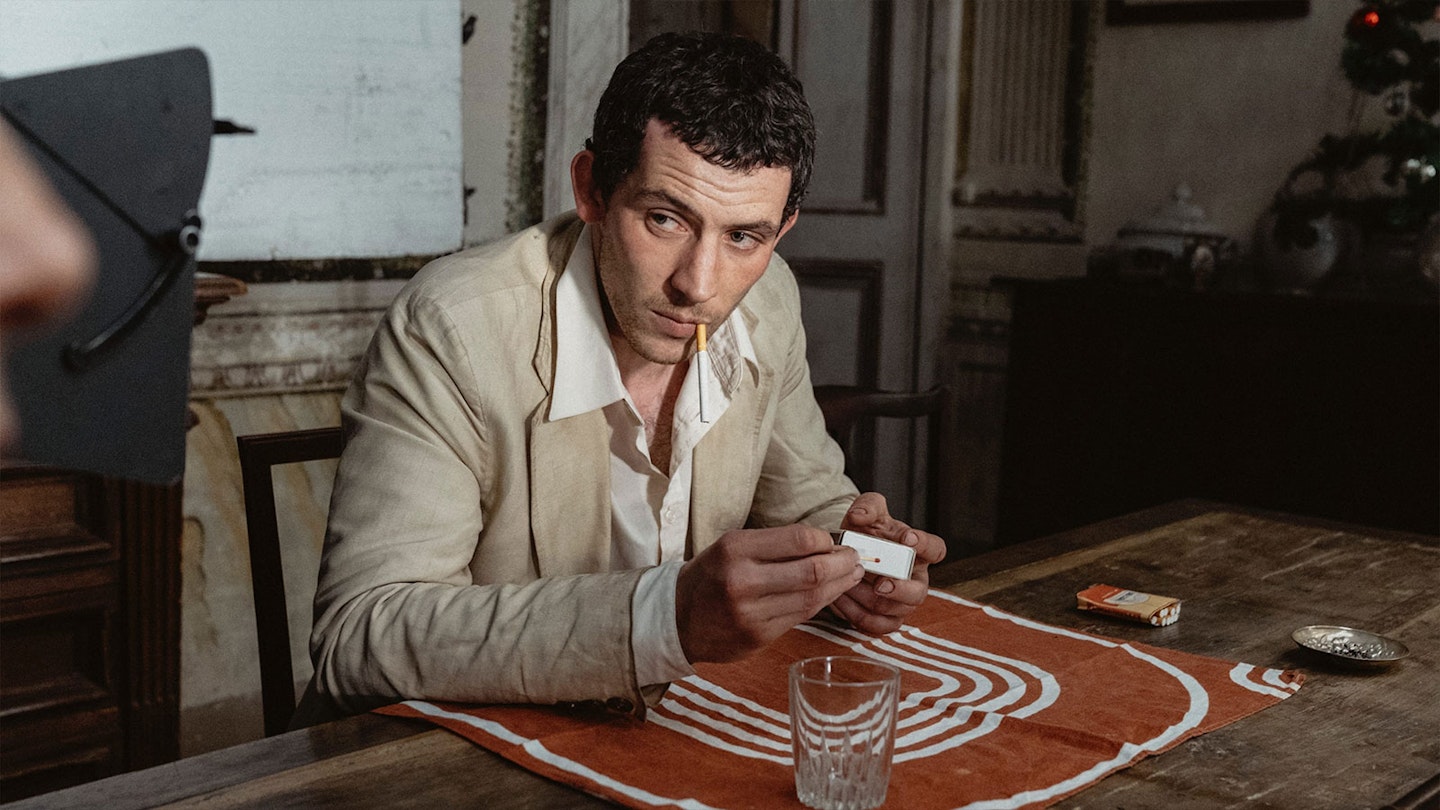Soil gently brushed off an ancient piece of pottery, paint peeling from a villa wall, a hand stroking the white, marble face of a statue unseen for thousands of years: La Chimera is a tactile film that shows history as something that can be felt emotionally, as well as touched. Writer and director Alice Rohrwacher melds mischief, myth and melancholy in this playful and quietly bewitching contemporary folk tale that is light on plot but infused with wonder.

We meet raffish but haunted archaeologist Arthur (an exquisite Josh O’Connor) fitfully asleep on a train trundling through the wintry Italian countryside. Looking like a grubby ghost in his dirty white-linen suit, he’s fresh out of the slammer and mourning the death of his beloved Beniamina (Yile Vianello). Once he arrives in a hilltop town, he quickly reunites with a haphazard, merry band of grave-robbing rogues who need his strange power to find and plunder the tombs of the Etruscans, a pre-Roman civilisation. Meanwhile, he becomes drawn to aspiring singer Italia (Carol Duarte), lodging in a crumbling palazzo owned by Signora Flora (Isabella Rossellini).
Shot on warm, hazy 35 mm stock, the film itself feels like a historical artefact that’s just out of reach
Adventures and narrow escapes from the police ensue in fizzy montages, sometimes sped up as if we’re watching a slapstick comedy from the silent era. But these adventures are also punctuated by moments of transcendent beauty, such as the trance Arthur slips into when he feels the presence of a tomb, or his dreams of a scarlet thread leading him to Beniamina, something from the past that even he cannot capture.
The “chimera” of the title has several meanings: it’s a fierce female beast from Greek mythology but can also refer to an illusion or unrealisable dream. Shot on warm, hazy 35 mm stock, the film itself feels like a historical artefact that’s just out of reach, a mystical gateway between our own world and the underworld beneath our feet.
